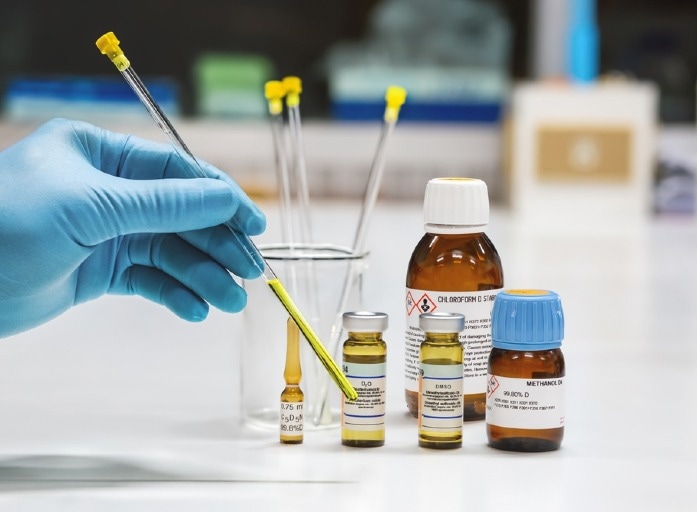Aston University researchers have proved that benchtop spectrometers can analyze pyrolysis bio-oils as effectively as significantly more costly high-field spectrometers.

Image Credit: Aston University
Bio-oils, produced by pyrolyzing industrial or agricultural waste materials under extreme heat, are increasingly being considered as fossil fuel substitutes. However, since these bio-oils are sometimes mixtures of dozens or even hundreds of different chemicals, it is difficult and expensive to analyze such complex mixtures. The stability and subsequent treatment of these bio-oils therefore fully depend on their composition.
The composition of any pyrolysis bio-oil is absolutely key to future use. For example, if there are oxygen-containing chemicals in the oil, that will make the oil more corrosive and it will be more unstable. So, in particular we need to know if carbonyl groups are present—where oxygen and carbon atoms are bonded together— as these can have a major impact.
Dr. Robert Evans, Senior Lecturer, Aston University
High-field nuclear magnetic resonance (NMR) spectroscopy is a prominent method of analysis that provides a precise breakdown of the identification and concentration of chemical species present in any sample. However, because these massive high-field NMR spectrometry equipment cost between £600,000 and £10 million and require a supply of expensive cryogens and solvents, they are often found only in the most advanced research centers.
Dr. Evans’ team at Aston University set out to explore if ‘low-field’, or benchtop, NMR spectrometers could analyze pyrolysis oils effectively enough to generate the required precise information. Benchtop NMR spectrometers employ permanent magnets, which do not require cryogenic cooling and are far less expensive to buy and maintain.
However, utilizing lesser-strength magnets results in reduced sensitivity and resolution. While they can be used for research, they are also widely seen in teaching laboratories.
The study, which was conducted in collaboration with the University of Tennessee, evaluated pyrolysis oils produced from a variety of plants and compared the results from benchtop spectrometers to both high-field spectrometers and other techniques of analysis.
They discovered that the benchtop machine estimates outperformed titration analysis for total carbonyl concentration, as well as matched high-field spectrometry for the particular detection of carbonyl groups such as ketones, aldehydes, and quinones.
Dr. Evans concluded, “Despite the known limitations of benchtop spectrometers, a very similar quality of NMR data could be obtained for these samples, enough to accurately estimate concentrations of different classes of carbonyl-containing species. Using benchtop spectrometers will make NMR analysis of pyrolysis oils much simpler, cheaper, and more accessible to a wider range of different users.”
Journal Reference:
Tang, B., et al. (2023) Quantitative Low-Field 19F Nuclear Magnetic Resonance Analysis of Carbonyl Groups in Pyrolysis Oils. ChemSusChem. doi:10.1002/cssc.202300625